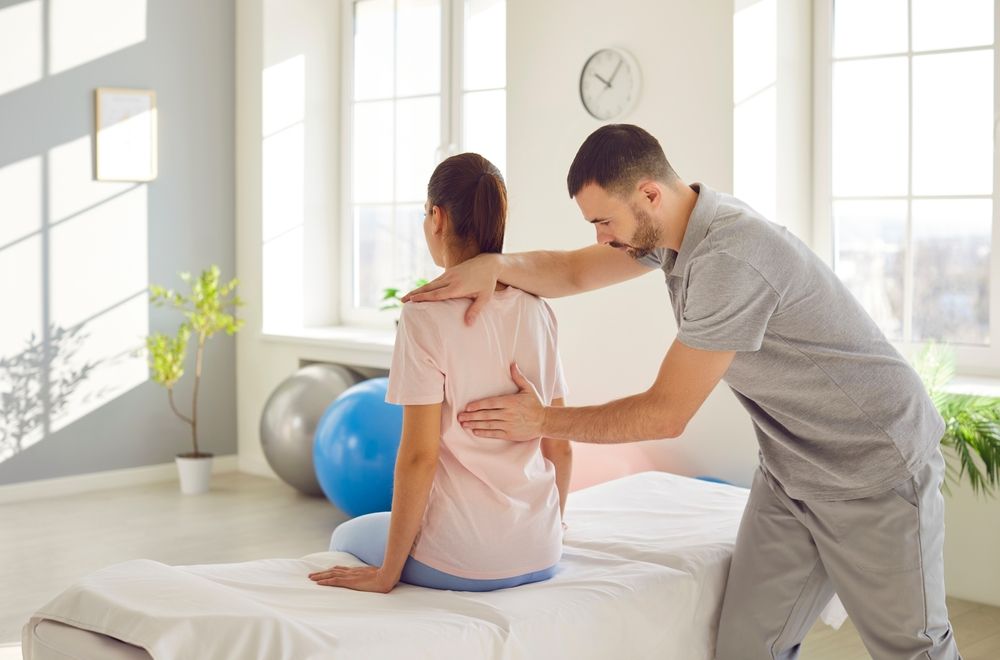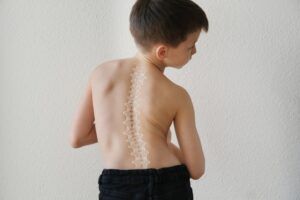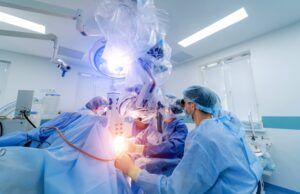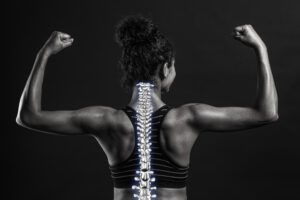Scoliosis is a spinal condition that causes an abnormal curve in the spine, affecting millions of people worldwide. Whether diagnosed in childhood or adulthood, scoliosis can have a significant impact on mobility and overall well-being. At Spine, Neck, & Back Specialists, led by Dr. Jay Reidler, we are dedicated to providing comprehensive care to individuals suffering from scoliosis. In this article, we’ll delve into the causes, symptoms, and treatment options for scoliosis, with a focus on the specialized care we offer in Bloomfield, Englewood, and Union City, NJ.
What is Scoliosis?
Scoliosis is a medical condition where the spine curves sideways, typically forming an “S” or “C” shape. While a healthy spine should be straight when viewed from the back, scoliosis causes it to curve either to the left or right, sometimes at sharp angles. This abnormal curvature can lead to discomfort, pain, and even complications in severe cases.
Types of Scoliosis
Scoliosis can develop for various reasons and can be categorized into several types:
- Idiopathic Scoliosis: The most common form, occurring without a known cause. It usually manifests during adolescence.
- Congenital Scoliosis: A birth defect that causes the spine to curve due to abnormal vertebrae development.
- Neuromuscular Scoliosis: Associated with neurological conditions like cerebral palsy, muscular dystrophy, or spinal cord injuries.
- Degenerative Scoliosis: A form that develops in older adults due to the wear and tear of the spine over time.
Each type may require different management approaches and treatments.
Causes of Scoliosis
The exact cause of scoliosis is often unknown, especially in cases of idiopathic scoliosis. However, several factors can contribute to the development of scoliosis:
- Genetics: There is a genetic component to scoliosis, and it may run in families, particularly in idiopathic cases.
- Neurological Disorders: Conditions like cerebral palsy and muscular dystrophy can affect the muscles and nerves, leading to abnormal spinal curvature.
- Birth Defects: Scoliosis can result from defects in the development of the spine during fetal growth.
- Injury or Trauma: In rare cases, a spinal injury can lead to scoliosis.
- Degeneration: As people age, the spine undergoes degenerative changes, which may lead to a spinal curve.
Symptoms of Scoliosis
While scoliosis may not always cause noticeable symptoms, the signs can become more apparent as the curve progresses. Common symptoms include:
- Uneven Shoulders: One shoulder may appear higher than the other, or one shoulder blade may protrude more.
- Asymmetrical Waist: A noticeable difference in the height of the waist or hips.
- Back Pain: While not all scoliosis patients experience pain, some may feel discomfort in the back, particularly with more severe curvatures.
- Breathing Problems: Severe scoliosis can lead to difficulty breathing as the rib cage compresses the lungs.
- Postural Changes: An abnormal posture, such as leaning to one side, may develop over time.
In cases where scoliosis is left untreated or undiagnosed, it can lead to more serious complications, including chronic pain, nerve damage, and impaired organ function.
Diagnosing Scoliosis
Early diagnosis is key to managing scoliosis effectively. A healthcare provider like Dr. Jay Reidler at Spine, Neck, & Back Specialists will typically perform a physical exam and may recommend imaging tests, such as:
- X-rays: These help determine the degree of the spinal curve and track changes over time.
- MRI or CT Scans: These imaging techniques provide a more detailed view of the spine and surrounding structures, which may be necessary for specific types of scoliosis.
- Physical Examination: A doctor will look for signs such as uneven shoulders or hips and perform other tests to assess the degree of curvature.
If scoliosis is suspected, it’s important to seek professional care to prevent the condition from worsening.
Treatment Options for Scoliosis
The appropriate treatment for scoliosis depends on several factors, including the severity of the curve, the age of the patient, and the underlying cause of the condition. At Spine, Neck, & Back Specialists, we offer a range of treatment options tailored to each patient’s unique needs.
1. Non-Surgical Treatments
In mild cases or for patients who are still growing, non-surgical treatments can often manage the condition:
- Bracing: For adolescents with moderate scoliosis, wearing a brace can prevent the curve from worsening as they grow. The type of brace depends on the location and severity of the curve.
- Physical Therapy: Physical therapy can help strengthen the muscles surrounding the spine and improve posture. Exercises can also help manage pain and prevent the condition from progressing.
- Pain Management: In cases where scoliosis causes pain, pain management strategies, including over-the-counter medications and lifestyle adjustments, may be recommended.
2. Surgical Treatments
For more severe cases of scoliosis or when non-surgical treatments aren’t effective, surgery may be necessary. Surgical options include:
- Spinal Fusion: The most common surgical treatment for scoliosis. This procedure involves fusing two or more vertebrae together to stop the curve from worsening. Metal rods, screws, and other hardware are often used to stabilize the spine during the healing process.
- Growing Rods: In children who are still growing, growing rods may be used to lengthen the spine gradually. These rods can be adjusted as the child grows.
- Vertebral Body Tethering: A newer, less invasive procedure where a flexible cord is used to correct the curve, particularly in growing children with moderate scoliosis.
Surgical options are typically reserved for cases where the curvature is severe or continues to progress despite non-surgical treatments.
The Role of Spine, Neck, & Back Specialists in Scoliosis Care
At Spine, Neck, & Back Specialists, we understand that scoliosis is a unique condition that requires personalized care. Dr. Jay Reidler and our team are committed to providing advanced, compassionate treatment to patients in Bloomfield, Englewood, and Union City, NJ. Whether you are seeking early intervention or need more complex care, we offer a variety of services to help you manage your condition and improve your quality of life.
We also accept CIGNA PPO insurance, along with many other plans, so contact us today to schedule an appointment. Our team will work with you to develop a treatment plan that fits your individual needs and lifestyle.
Living with Scoliosis: Moving Forward
Managing scoliosis is not only about medical treatments; it’s also about taking steps to improve your overall well-being. With the right care and ongoing support, people living with scoliosis can lead active, fulfilling lives. By seeking help from experienced professionals like Dr. Jay Reidler and our team at Spine, Neck, & Back Specialists, you can take control of your condition and minimize its impact on your daily life. From conservative treatments to surgical interventions, our team is here to help you every step of the way.
Sources:
- McMaster, M. J., & O’Brien, M. F. (2000). Scoliosis and spinal deformities in adults: Clinical features and management. Journal of Spinal Disorders, 13(1), 53-58.
- Weinstein, S. L., & Dolan, L. A. (2011). Scoliosis: State of the art. The Lancet, 377(9772), 1417-1427.
- Reamy, B. V., & Slakey, J. (2001). Adult scoliosis: Prevalence, diagnosis, and management. American Family Physician, 63(6), 1101-1107.




